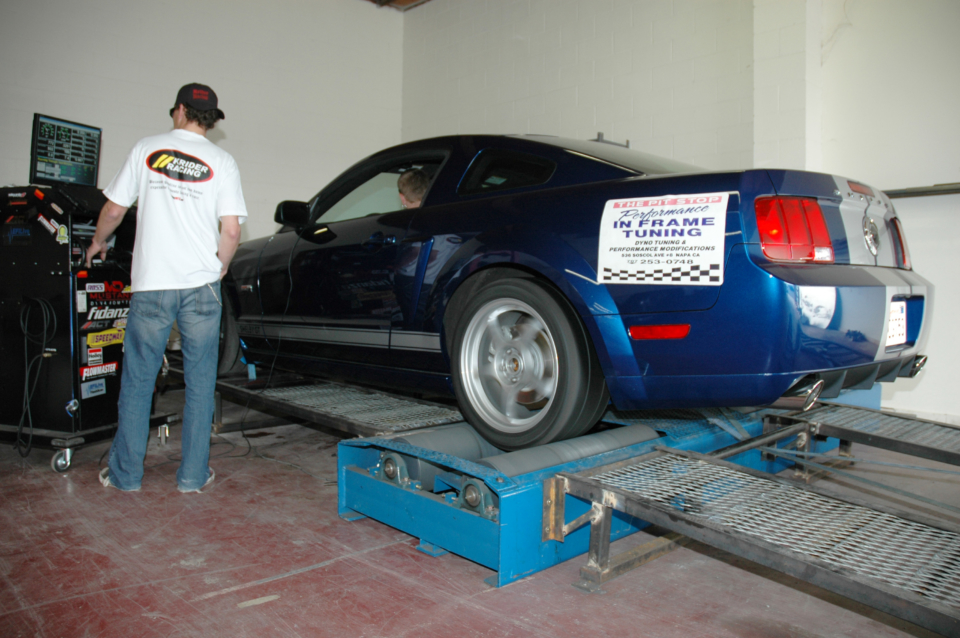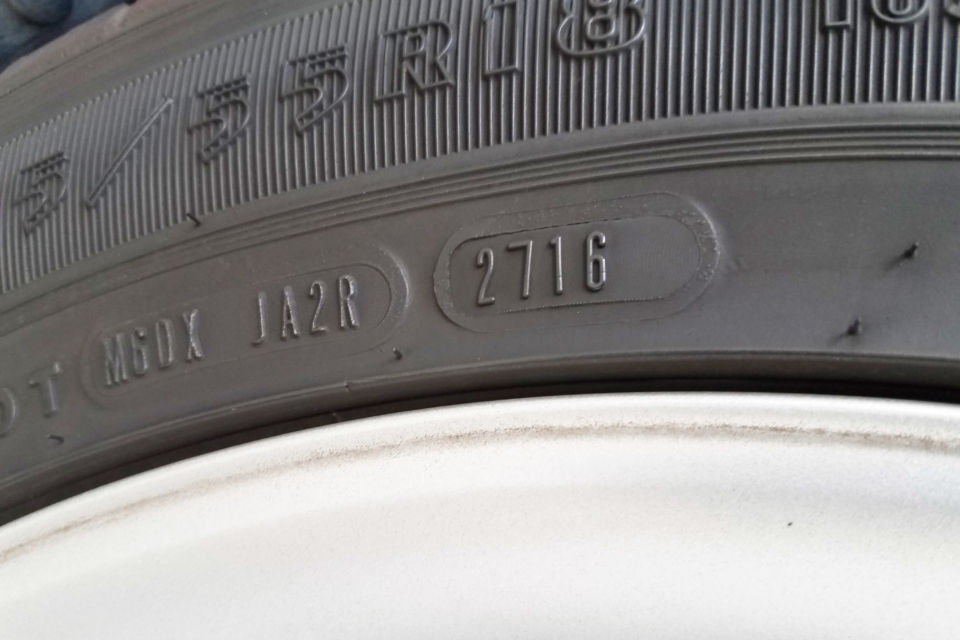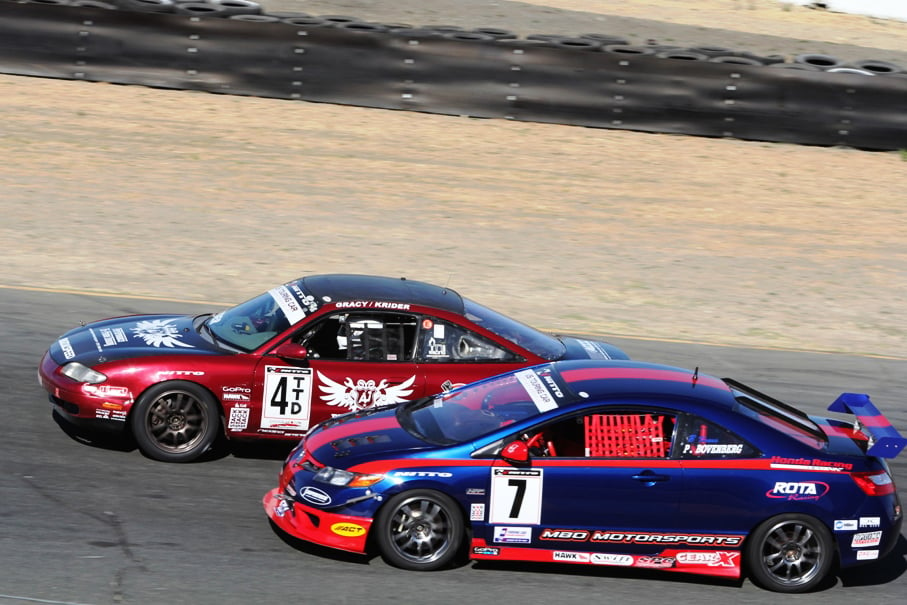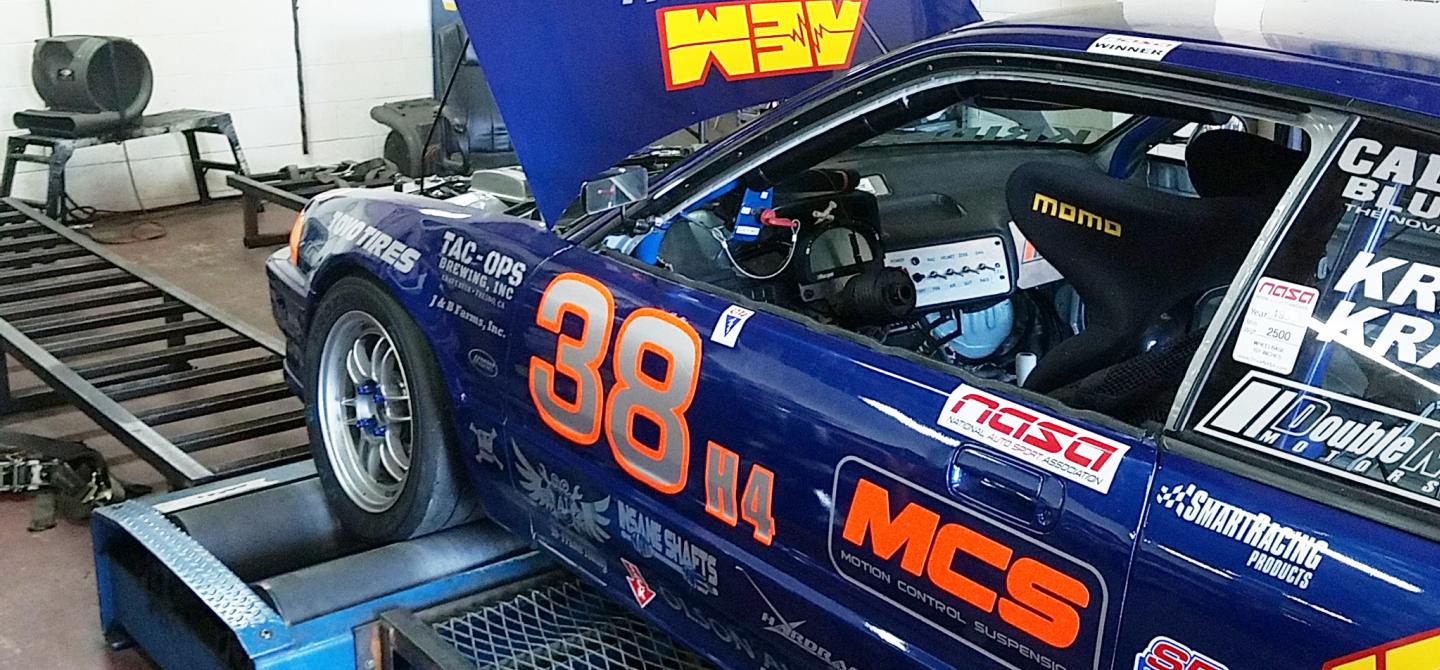The old saying is “time is money.” Nowhere else is that a truer statement than at the dyno shop. When you rent time on a chassis dyno to test your vehicle’s performance — or if you hire a tuner to do the adjustments for you — every second is costing you money, lots of it. The trick is to use those expensive seconds wisely to ensure you literally get the best bang for your buck. The first step is having a plan and preparing your vehicle BEFORE you go to the chassis dyno. You don’t want to have problems while sitting on the dyno.

When you show up at a tuner’s shop, it is important to ensure your car is ready to actually be at that shop. Knowing what you want to change, and having the ability to quickly change it, makes a huge difference in your success at the dyno.
To find out what should be done to your vehicle in advance of your session, as well as other handy tips for tuning, we spoke to AJ Gracy, owner of Performance In-Frame Tuning in Napa, California. AJ spends his entire work day tuning all sorts of vehicles and he has seen some productive days on the chassis dyno, and unfortunately for some customers who weren’t prepared, some very unproductive days.
To assist people in being ready for tuning their car, AJ put together a list of tips on his shop’s website. AJ details a number of things to do to be prepared when you show up at his shop, like ensure your car doesn’t have any leaks, doesn’t overheat, and to bring an extra set of the correct size spark plugs.

AJ Gracy, owner of Performance In-Frame Tuning, in Napa, California, spends most of his work days wringing horsepower out of cars on his chassis dyno. AJ says the best thing you can do when you arrive at a tuner’s shop is to make sure the components you put on the car are designed to work together.
One of the first things AJ mentioned when it comes to having a vehicle that is ready to be put on a dyno is good tires. If he sees old tires with cracked sidewalls he won’t allow the car on his dyno. This is for his safety, the safety of the people in the shop, and the well-being of the car. Running a vehicle on a chassis dyno means high speeds for the drive axle. Trust him when he says losing a tire at 130 miles per hour, or even faster, is a bad thing. There are plenty of YouTube videos showing the dangers of old tires exploding on a dyno.
AJ checks the D.O.T. manufacture date code on any tire that comes into his shop to ensure the tire isn’t too old. He also checks the tire pressure of the tires before doing any dyno tuning. Checking tire pressure is a two-fold advantage as the correct tire pressure lessens the opportunity for tire failure, and tire pressure can actually affect results on a dyno. So, to have consistent tests he ensures the tire pressure is accurate before any pulls are conducted. If you run street tires with treads or a race tire (like a slick) it is not an issue for the dyno, as long as the tire is healthy.

AJ Gracy says he won’t let cars on his dyno that have old tires with cracked sidewalls. To find out how hold your tires are you can simply check the D.O.T. date code. It is a code on every tire that correlates the week and year a tire was constructed. The first two numbers are the week of the year and the last two numbers are the year. For example this tire was made during the 27th week of 2016.
Another piece of advice from AJ is to know what your car has in it. It is important for the tuner to know what parts have been installed on the car, and if those parts will work in harmony. You don’t want to spend $150 an hour searching Google to figure out what type of injectors you bought from China. It is important that you have information on the car, like what the Mass Air Flow is, or what engine management system the vehicle has. In order for the tuner to make more power, he needs information about the parts. This will help the tuner adjust the vehicle to improve performance.

A chassis dyno is a great place to determine the horsepower and torque your vehicle makes. And it is an even better place to improve upon those numbers through tuning. But, time is money, make sure your vehicle is prepared before you show up. If problems need to be resolved because there are issues with components on the car, that takes precious time.
AJ also indicated that a bung for inserting a Air/Fuel Ratio meter in the exhaust header is a big help for tuning. He can use a tailpipe meter, however, the closer the sensor is to the head the better the readings are for tuning outside of wide open throttle. What is also important for tuning is having the ability to be able to change things. For instance, if you don’t have timing marks on your car because you added an aftermarket timing cover, then it is difficult for the tuner to time the car accurately. The more minutes adjustments like this take, the more money it is costing you. Ensure you have adjustability in your build, like an adjustable fuel-pressure regulator or different style intakes and/or air filters to try.

An adjustable fuel pressure regulator, like this one from AEM, is an easy to install, inexpensive item that will allow you the ability to try to fine tune the correct air/fuel ratio for maximum power and engine safety.
AJ understands that his customers want to improve their engine performance because, as a racer himself, he always strives to improve his own car’s performance. AJ competes in the National Auto Sport Association Time Trial Series and when his shop closes at night, it is his own Mazda MX-6 that goes up on the dyno to find some more horsepower and torque. AJ spends a lot of time tuning racecars: drag cars, drift cars, and road race cars in the Northern California area. Whether it is a racecar or a street car, the prep to the vehicle prior to it being brought to the dyno shop is the same. One other very important tip is to make sure the car has a full tank of gas before you show up. AJ has had many vehicles run out of fuel while making pulls on the dyno. No gas certainly slows down the process of tuning. And speaking of gas, if you want to use a specific type of gas (like race gas), you need to have that in the tank already. The dyno is no place to start the process of siphoning fuel.

AJ Gracy knows how important every ounce of horsepower and torque is to racers as he is a racer himself. AJ won the National Auto Sport Association (NASA) Time Trial D Class at the 2017 Western States Championship in his Mazda MX-6 at Thunderhill Raceway. Obviously, the winning car was tuned by AJ himself.
“Replace your air and fuel filters before you show up,” says AJ. “Also, make sure your oil is changed and the oil level is correct. We are going to put some big RPM on the car and you want to ensure your engine is ready for that.” AJ also indicated he doesn’t want to see any check engine lights or error codes prior to a session. “Make sure all of those things are resolved before we start tuning. Otherwise we spend crucial dyno time trying to source engine code issues instead of tuning the car for power.”

The ultimate goal is performance. It is the hard work done on the dyno and at the tuner’s shop that will pay big dividends at the race track. Use your time wisely at the dyno and you too can be a winner at the track.
One of the big things for a true car tuner isn’t what the horsepower number is, it is the improvement of the baseline numbers versus the final numbers when your car rolls off the dyno. Did your vehicle get faster? If you are at the dyno just because you want to snap a photo for Instagram of your car’s “big” horsepower number, you may be missing the point. The point is to make your car better. We all like “big” numbers, but it is the ability to improve a vehicle that makes the difference between social media braggers and actual racers. AJ’s advice, “Don’t be disappointed if your car doesn’t give you the number you thought it would. Instead, work to improve the car and make it faster.” Solid advice from a pro.
Another great point about dyno tuning is that it is a safe and legal place to run your car at high speeds. You can’t legally or safely do a 120 mile per hour pull on a public road with the tuner in the right front seat with a computer on his lap logging data. You also can’t have a tuner with a laptop riding shotgun around a racing track (well, you shouldn’t anyway). It is much more effective to have the tuner and laptop logging data while the car is on a chassis dyno. This is where real tuning can be done effectively.
Good luck on your upcoming dyno day. Based on the information above, now you and your car will be ready for a productive session.

















